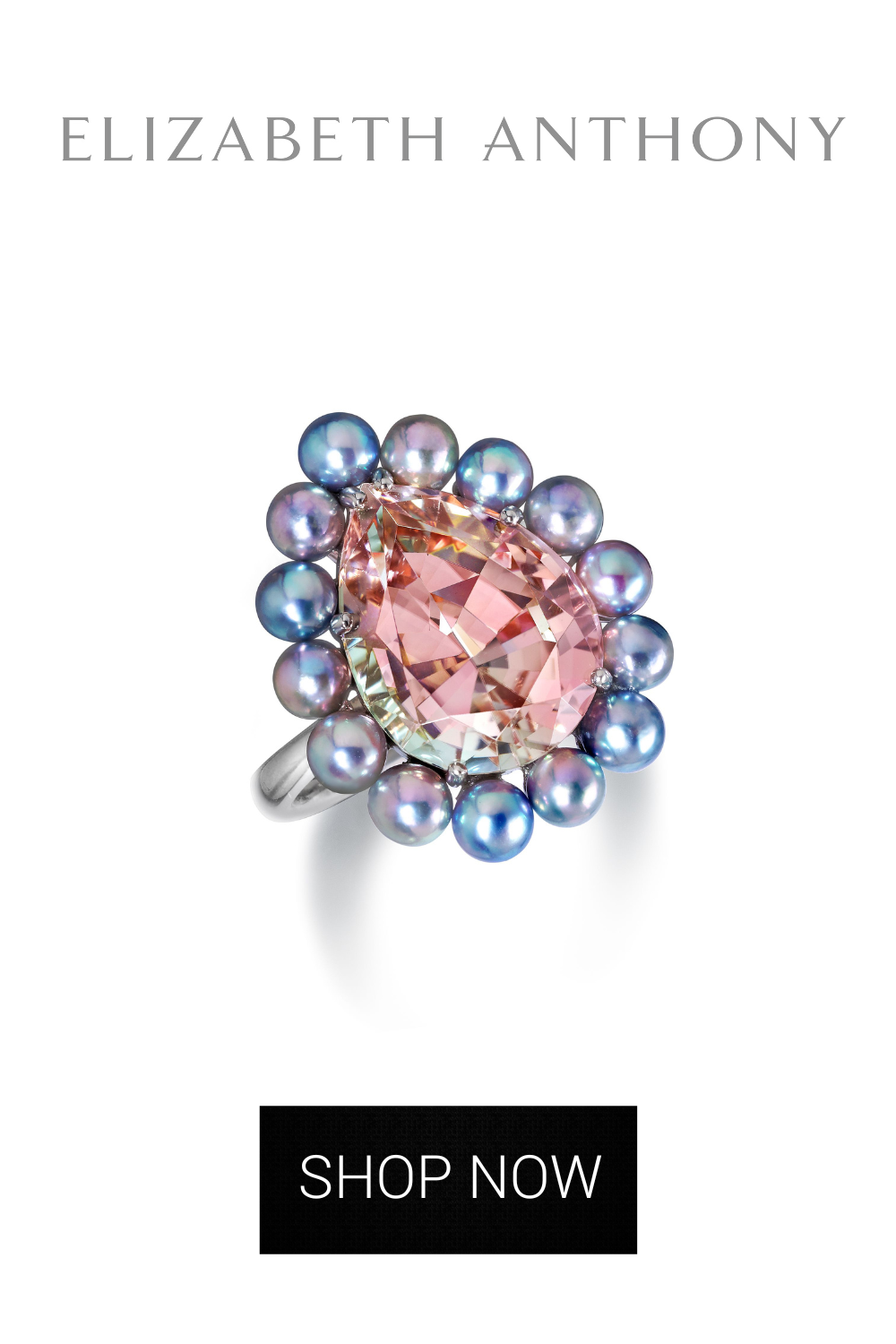Karl Lagerfeld Dies at Age 85, But the Stories Around This Fashion Maverick Will Live On Forever
Lynn Wyatt and Other Storied Names Remember an Icon Who Never Lost the Power to Excite
BY Clifford Pugh // 02.19.19Designer Karl Lagerfeld
When the designer of a famed fashion house passes away, it’s often very difficult for it to maintain its relevance and luster. Such was the case when iconic designer Coco Chanel died in 1971. But a dozen years later, a little-known German designer named Karl Lagerfeld took over as chief designer of Chanel and rebuilt the luxury brand into an international powerhouse by maintaining the unmistakable style developed by its founder while updating it in a fresh way.
“The thing that has marked Karl’s career throughout is his sense of daring,” said Alicia Drake, author of The Beautiful Fall, soon after the book tracing Lagerfeld’s rise at Chanel was published in 2006. “Karl never loses that power to excite, which is the key to fashion, because fashion is all about creating desire.”
Under Lagerfeld’s leadership, every Chanel fashion show in Paris was magical as the designer thought of new and outlandish ways to showcase each collection. I was fortunate to have attended several shows, where Lagerfeld turned the Grand Palais into a gigantic carousel whose “horses” were supersized handbags, created a replica of the famous rue Cambon store, or constructed a chilly polar landscape with a 265-ton iceberg imported from Scandinavia.
At the end of every show, Lagerfeld appeared — in tinted sunglasses, black waistcoat, dark jeans, white shirt and silver jewelry, with his white hair pulled back into a small ponytail and fingerless leather gloves — and the audience roared their approval.
“I’m very much down-to-earth,” he once said, “just not this earth.”
Lagerfeld died Tuesday after a brief hospital stay, although rumors that he was in ill health swirled for several weeks after he did not make an appearance at the Chanel haute couture show in January. He was believed to be 85 years old, although he often fudged his age so no one is exactly sure.
“He was one-of-a-kind,” Lynn Wyatt, a longtime friend of the designer, tells PaperCity. “He was so brilliant. He must have read two books a day. In his house, he had books stacked everywhere. And he was a great collector of many, many things. And he spoke so fast. Everybody commented about it.
“I said, ‘Is that your great mind or what?’ And he started laughing. And he said, ‘When I was young and I was away at school, my mother would call me and she would want to hang up the phone, so I had to talk real fast to tell her what I was doing.’ ”
Remaking Chanel
Born Karl Otto Lagerfeldt in pre-war 1930s Germany, Lagerfeld is said to have changed his surname because he believed it sounded “more commercial.” In his teen years he moved to Paris to study drawing and history and became a design assistant for Pierre Balmain, who was impressed after Lagerfeld created the winning coat design in a fashion competition. After stints at Jean Patou, Krizia, Chloe and Fendi (where he remained as chief designer until his death), Lagerfeld took on the Chanel challenge.
Despite its illustrious history, Chanel was bordering on irrelevance in the fashion world when Lagerfeld was hired in the early 1980s.
“When I took on Chanel, it was a sleeping beauty. Not even a beautiful one. She snored. But the owners knew that. That’s why they called me. They saw that respect doesn’t sell. Respect never works,” Lagerfeld said in a 2007 documentary, Lagerfeld Confidential.
He revitalized the brand with new interpretations of Chanel bouclé tweeds in different cuts and colors, introduced the brand’s first miniskirts, covered jackets with brooches and pearls, created a leather version of the iconic quilted handbag, and dotted other handbags and chunky bracelets with the interlocking double C logo.
It wasn’t exactly groundbreaking but it sure was fun — and profitable. Chanel, which is independently owned, revealed a $9.79 billion net profit in 2017 based on sales totaling nearly $10 billion.

Throughout his career, Lagerfeld balanced his duties at Chanel with ready-t0-wear collections at Fendi and his own namesake Karl Lagerfeld line, which was less financially successful.
“For a designer to be the head of three (fashion) houses at one time and have the look of the house reflected in his own style is amazing,” Wyatt notes.
Lagerfeld was also an accomplished photographer who shot many memorable Chanel advertising campaigns and a provocateur who liked to titillate with bawdy jokes and outrageous pronouncements that sometimes got him into trouble. He said he was fed up with the #MeToo movement, called pop singer Adele “a little too fat,” and said he believes sweatpants “are a sign of defeat.”
In 1987, Lagerfeld surprised Houston fashionistas when he abruptly canceled a trip to the Bayou City to accept a fashion award because he would have had to change clothes in an airport to get to the event on time. “I very much like the people in Houston, but I will not change in the pee-pee room of the Atlanta airport. I have to have a private jet,” he told then-Houston Chronicle fashion editor Linda Gillan Griffin.
Lagerfeld lived alone, sharing his Paris apartment with a white Birman cat called Choupette, who under his tutelage became a star, with an Instagram account that currently has nearly 150,000 followers.
Lagerfeld will be succeeded at Chanel by Virginie Viard, director of Chanel’s Fashion Creation Studio and his closest collaborator for more than 30 years.
“He will be missed,” Wyatt says, “but he will live on because of his name.”





























_md.jpeg)












